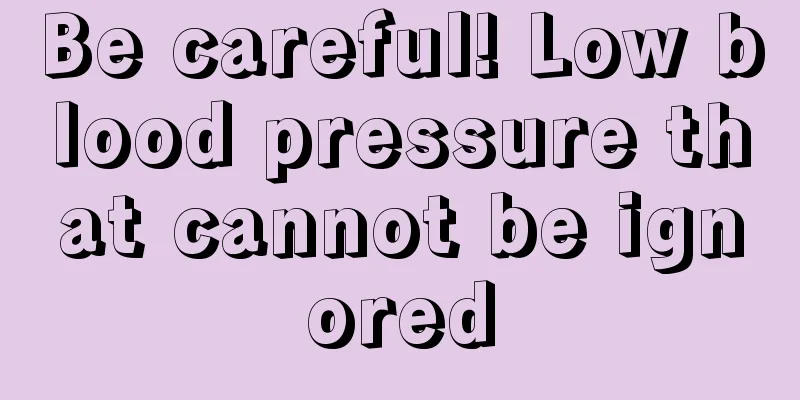How long do I need to wear dental braces

|
When you are doing orthodontic treatment, you need to wear braces, which are also called dental correctors. Although dental correctors bring certain troubles to our lives, they are also a necessary condition for correcting teeth. Generally, you need to wear them for a long time, sometimes it may take up to a year, so that the teeth can be well corrected. When wearing dental correctors, you need to understand some precautions, especially oral hygiene issues, so as to ensure that the braces are removed as soon as possible. Precautions for wearing dental braces 1. You must keep wearing dental braces after wearing them. Generally, removable braces should be removed before eating, stored in a cup, and worn again after rinsing your mouth after meals. 2. When not wearing dental braces, they should be placed in a box or immersed in water. Do not put them directly in your pocket to avoid damaging the braces. Dental braces only need to be rinsed with clean water every day. Do not use boiling water to rinse them, otherwise the braces will be deformed. If you wear removable braces, you must clean the braces and clean your teeth thoroughly every morning and before going to bed before wearing them again. 3. After wearing dental braces, you cannot apply force or fiddle with the braces at will in your daily life. 4. Avoid strenuous exercise to prevent injury or loss of the orthodontic device. 5. Do not touch or fiddle with the orthodontic devices on the tooth surface with your fingers. After wearing the dental braces, strictly follow the doctor's instructions: Basic Requirements A brace is usually a stainless, elastic metal wire or plastic product, or a mechanical device combining the two. It is worn in the mouth or maxillofacial area and is actually a foreign body. In order to make it acceptable to patients, not hinder or less hinder normal chewing, pronunciation and other functions, and be beautiful, comfortable and durable, it must have the following properties: 1) The braces do not cause damage to the oral soft tissues and maxillofacial area, do not react chemically with saliva, meet physiological requirements, and do not affect the normal growth, development and function of maxillofacial teeth. 2) The size of the corrector should be as small as possible, comfortable to wear, with as little exposed part as possible to minimize the impact on appearance. 3) Easy to wash and clean without affecting oral hygiene. 4) The structure should be simple and firm, with good elasticity, easy to control force and good effect; it should have stable support, the material should have sufficient strength, and the working part should be easy to adjust, which is conducive to controlling the direction and size of the corrective force. |
>>: Is chickenpox still contagious when it scabs over?
Recommend
The healthiest work and rest schedule is arranged 24 hours from morning to night
For most players, whether or not you can have a p...
How to make clay pot rice at home
Most people eat clay pot rice in fast food restau...
Symptoms of cervical cancer in the late stage often include vaginal bleeding
Symptoms of cervical cancer include vaginal bleed...
Why do we pour out the water when making tea for the first time
If you have made tea before, you should all know ...
There is bruise pain on the calf but no bruise
Many people have bruises on their calves for no a...
Reasons for acne on the left cheek
Acne is very common, and there are some reasons f...
How to treat recurrence of colorectal cancer
The serious malignant tumor disease of colorectal...
Which method is effective and feasible for the treatment of lung cancer? This treatment of lung cancer is safe and effective
There are two ways to treat lung cancer: chemothe...
What are the symptoms of testicular cancer? What are the dangers of testicular cancer?
In normal times, male friends need to pay more at...
Can I wash my hair with salt water?
When it comes to how to wash hair better, many pe...
6 tips to help business travelers sleep well!
I believe that many people who travel frequently ...
What is the best medicine for lung cancer cough
What is the best medicine for lung cancer cough? ...
Colon cancer may be related to family history
Colon cancer may be related to family history, an...
Things to note after treatment of mole under the clavicle
If there is a mole in a conspicuous part of the b...
What are the symptoms of Hirschsprung's disease?
Congenital Hirschsprung's disease is a common...









